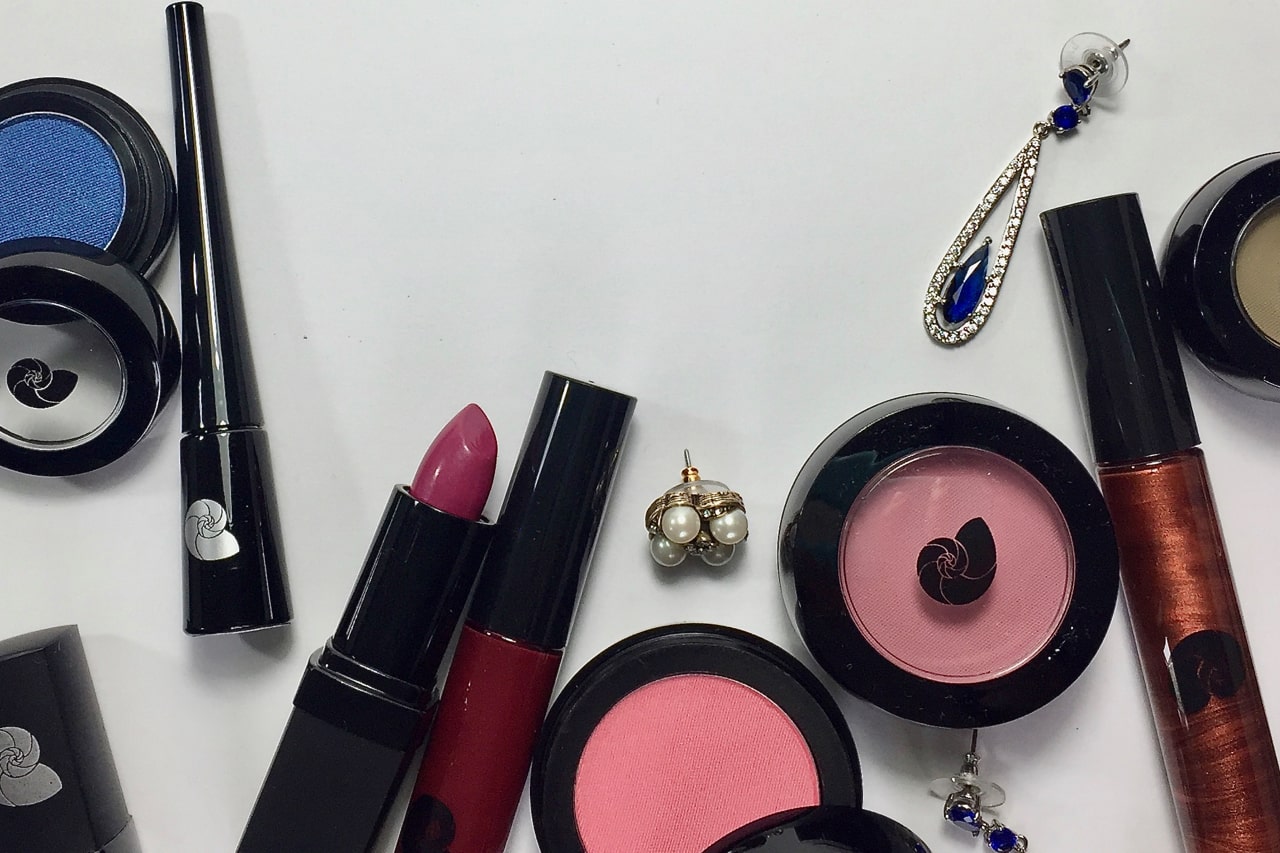At first blush, time may seem somewhat irrelevant; but believe me, it is significantly important. It may be one of the reasons some clients have a negative, instead of positive, draping experience and/or conflicting result if previously draped.
Answer: A minimum of 1.5 to 2.5 hours for the draping process itself.
Why?
What do we need this amount of time for?
“There is more to life than simply increasing its speed.”
― Mahatma Gandhi
Some color companies use flags, or other materials, where the colors are sewn together and are seen all at once. Nice idea. But even though each color in the multi-colored drapes are of the same season, the scientific principles of color still apply….that every color we see is altered by the color next to it. When draped in a block of multiple colors, the visual messages become obscure.
If you have had an analysis that takes only 20 minutes, I would very much question the result. I don’t believe an analyst can compare and evaluate everything required in that amount of time. The analysts who perform a quick analysis are most likely taking shortcuts of some kind which is not in your best interest.
The Sci\ART 12-Season method, developed by Kathryn Kalisz, was created with specific steps to help the analyst come to a good result. By draping one color at a time, each drape color produces different reactions on the skin for the analyst to evaluate. Every drape comparison we make gives us vital information to determine the Hue, Value, and Chroma of a client’s personal color tone, enabling us to eliminate seasons until a final result is made.
What is the draping process?
 Kathryn Kalisz established a sequence of tests to perform during an analysis. As a Master Colorist and expert on human coloring, I trust she put these steps in this order because it is the best way to logically work through the process of a PCA, both visually and intellectually.
Kathryn Kalisz established a sequence of tests to perform during an analysis. As a Master Colorist and expert on human coloring, I trust she put these steps in this order because it is the best way to logically work through the process of a PCA, both visually and intellectually.
In the Sci\ART Trainer’s Manual, she writes, “[Personal color] analysis is a process of contrast and comparison and elimination.” No single test gets you to a good result. That’s the beauty of the Sci\ART method – checks and balances every step of the way.
Step 1
4 Season Key Drapes: 1 color representing each true season and its two neutral offspring – Winters (Black), Springs (Gold), Summers (Silver), and Autumns (Brown). Here, we begin to see how a client fits into the Hue, Value, and Chroma characteristics of color.
Step 2
4 True Season Drapes: A set of 5 drapes – White, Red, Yellow, Green, and Blue for each of the True seasons. All five colors MUST be tested. If they aren’t, the analyst is missing vital information. This set helps us further evaluate Hue, Value, and Chroma. We start to see patterns of cool, warm, dark, light, soft, bright and whether the client seems to be neutral.
Step 3
Red Test Drapes: 4 sets of drapes in 4 Value levels (Light to Dark). Each set includes a Warm, Cool, Cool Neutral and Warm Neutral drapes. This test helps confirm whether a client is warm, cool, or neutral. Again, if the analyst doesn’t make at least one comparison per drape, they could be missing the information they need to lead them to the best result.
Step 4
12 Test Drapes: 5 drapes for each of the 12 seasonal tones. Each set contains a White, Red, Yellow, Green, and Blue drape. There is also a Proof drape to help when there is difficulty between two adjacent neutrals or between the two true seasons. This set of tests helps with seasonal elimination. It can help confirm a True season. If the client is a neutral season, or if a True was difficult to identify, the analyst will be able to narrow it down to two or three seasons to test against each other and eliminate one after each comparison to get to a final result.
In Summary:
We take a lot of time to learn each client’s face which is very, very important!
Even though many of the optical effects we see with each client’s face when comparing drapes are similar, they are not all the same.
We need to do many drape comparisons to give us enough information and time to process what we see so that you can be assured of an accurate analysis.



